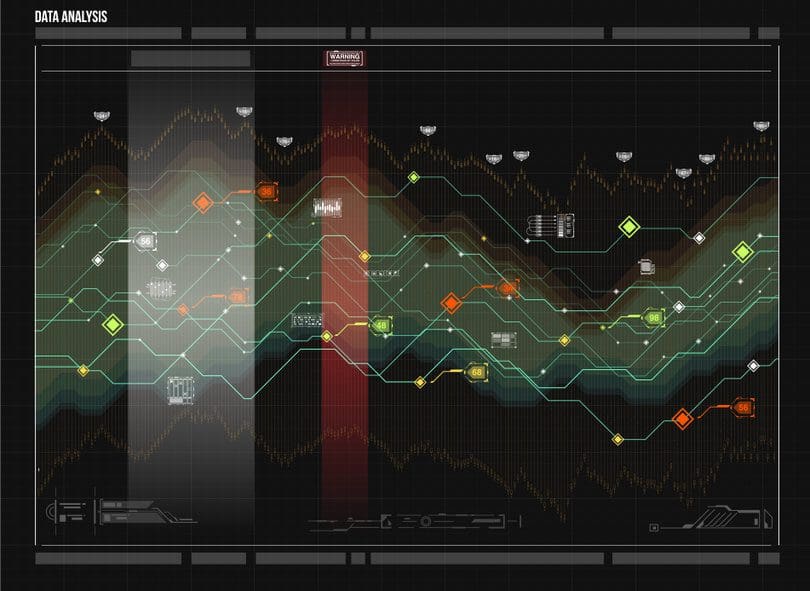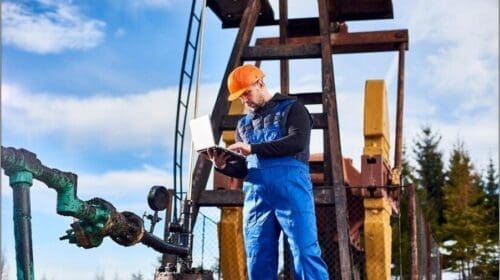We owe the oil and gas industry credit for a large part of our understanding of what lies beneath the ground, revealed particularly through seismic data studies. While the search for hydrocarbons has fallen out of favor in recent years, recent uncertainties in supply and concerns over energy security by certain nation-states have renewed focus on developing hydrocarbons, while minimizing the carbon impact of production and its use in powering economies. So, it is appropriate to remind ourselves that the hydrocarbon supply chain created modern economies and continues to drive technological innovation.
The discipline that studies the Earth through the measurement of its physical properties is geophysics, and computing has become the foundational tool of geophysicists and geologists. Owing to the large volumes of seismic data and associated derivative products from that data, the problems being analyzed perpetually tax and push computational boundaries.
Seismic data processing and analysis were one of the first commercial applications of a supercomputer. In 2020, Total’s – now TotalEnergies – supercomputer, Pangea III, ranked number one in high-performance computing (HPC) in the oil and gas industry and the 11th most powerful computer globally (Lys and Robin, 2020). Among many applications, HPC systems are used for reservoir simulations that provide a more accurate assessment of the extent of reservoirs and reduce risk in developing new fields. Computer simulations model fluid distribution, temperatures, and pressures – computationally extensive problems that could not be solved practically before the advent of HPCs.
Today, the persistent need for computing power exercises super-computing applications, graphic processing unit (GPU) processing, and machine learning (ML) technologies. The more recent commercial applications of convolutional neural networks (CNN), typically called “deep learning,” have enabled pattern recognition methods to be applied to seismic data. Companies like Geophysical Insights have produced commercial software products for seismic interpretation using both ML and CNN technologies to detect seismic faults and map seismic facies in the subsurface, for instance.
Technology and energy have always had a synergistic relationship that has raised the GDPs of nations and lifted societies from poverty. These two great market forces – technology and energy – continue to serve society. Governments must balance greenhouse gas emissions from hydrocarbons with responsible, economically sound energy policies that embrace environmental social governance (ESG) principles. The development of hydrocarbons and renewable energy sources are not necessarily conflicting objectives, but complementary, and technology continues to be the solution.
Oil and gas operations are commonly found in remote locations far from company headquarters. Now, it's possible to monitor pump operations, collate and analyze seismic data, and track employees around the world from almost anywhere. Whether employees are in the office or in the field, the internet and related applications enable a greater multidirectional flow of information – and control – than ever before.






![Why Enhanced Geothermal Energy Could Be Your Next Smart Investment [2025 Guide]](https://b1006343.smushcdn.com/1006343/wp-content/uploads/2025/06/Why-Enhanced-Geothermal-Energy-Could-Be-Your-Next-Smart-Investment-2025-Guide-500x280.jpg?lossy=2&strip=1&webp=1)



